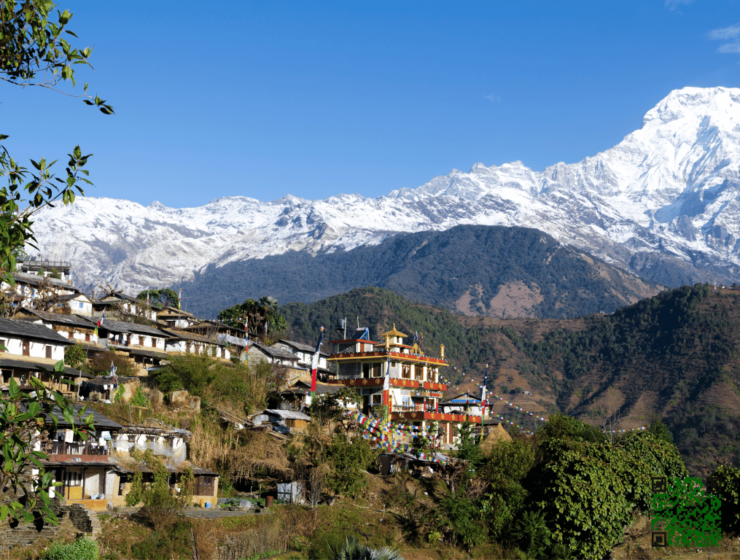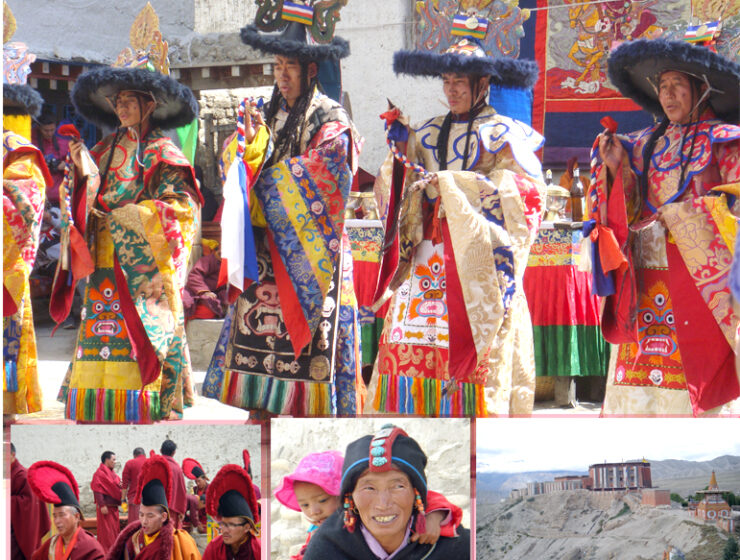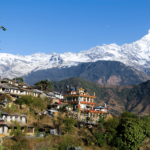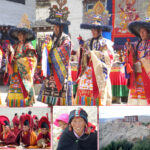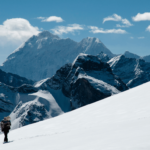Mount Everest Climbing Fees Going Cheaper
Nepal will cut climbing fees for Mount Everest to lure more mountaineers to the world’s highest peak, already overcrowded during the peak climbing season.
Hundreds of foreign climbers, each paying thousands of dollars, flock to the 8,850-meter (29,035 feet) Everest summit during the main climbing season stretching from March to May.Under existing rules, Nepal charges $25,000 per climber as a license fee, or royalty. But a group of seven people can secure a permit for $70,000, a practice officials say encourages climbers to form big groups.
Tourism Ministry official Tilakram Pandey said each climber will be charged $11,000 from next year to end the practice.
“The change in royalty rates will discourage artificially formed groups, where the leader does not even know some of the members in him own team,” Pandey said.
“It will promote responsible and serious climbers.”
He said the new rates will apply for the peak season on the Southeast Ridge, or South Col, route pioneered by New Zealander Sir Edmund Hillary and Tenzing Norgay Sherpa in 1953.
Permits for other routes and for the rest of the year, when the mountain is virtually deserted, will cost as little as $2,500 to encourage off-season climbing, officials said.
But experts said most mountaineers would still favor the spring season, because of warmer weather and more daylight, and the standard route.
Fees for hundreds of smaller peaks have also been changed.
ENTICING MORE CLIMBERS
Ashok Dhamala, who runs a hiking agency providing logistics to mountaineers, said incomes would not be affected as more climbers would be enticed to come despite the crowded mountain.
“Since more people will go to remotely located mountains, locals will get jobs and income,” he said.
More than 4,000 people have climbed Mount Everest since the historic 1953 ascent. Nearly 250 have died on its slopes.
Climbing historian Elizabeth Hawley said Everest was “terribly crowded” during the peak season. And allowing in those with no experience in serious climbing raised accident risks.
The Tourism Ministry’s most senior official, said the government was considering regulations obliging aspirants to climb lower peaks before attempting Everest.
With the rise in the number of climbers, pollution concerns have also increased.
But lower portions of Everest have undergone a clean-up as foreign and Nepali climbers have picked tones of discarded decades-old garbage – food cans, plastic, oxygen cylinders, torn tents, ropes and ladders, as well as human waste.
“There is still some garbage at higher altitudes and that is being collected by climbers during expeditions,” said Dawa Steven Sherpa, whose expeditions have collected 15 tones of rubbish since 2008.
He said better management of routes – fixing separate ropes for ascents and descents, and spreading permits over time – had helped reduce crowding last year.
Nepal, home to eight of the world’s 14 highest mountains, has more than 2,000 Himalayan peaks and 326 are open to foreign climbers. Mountaineering is an important component of tourism that makes up about 4 percent of the impoverished nation’s GDP.

